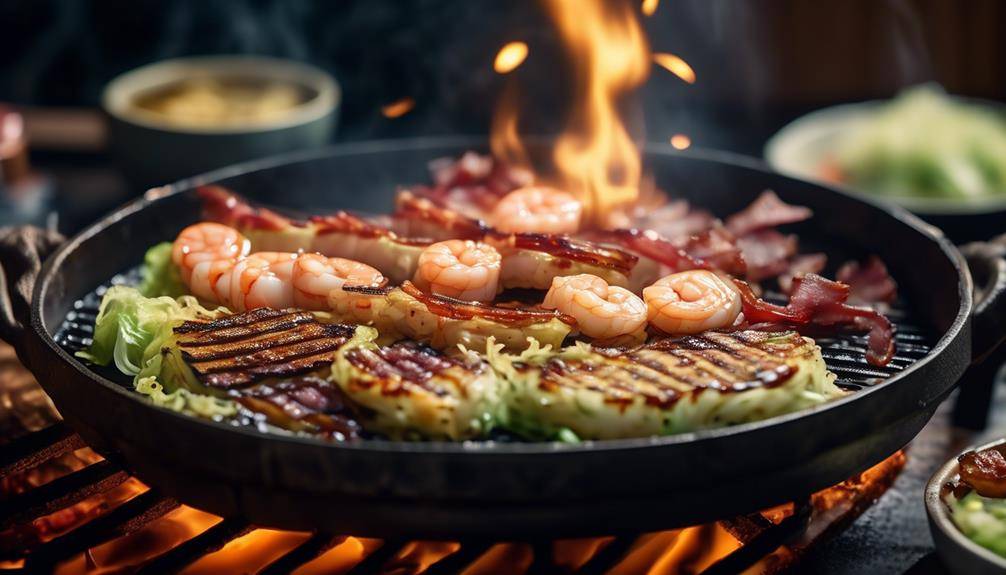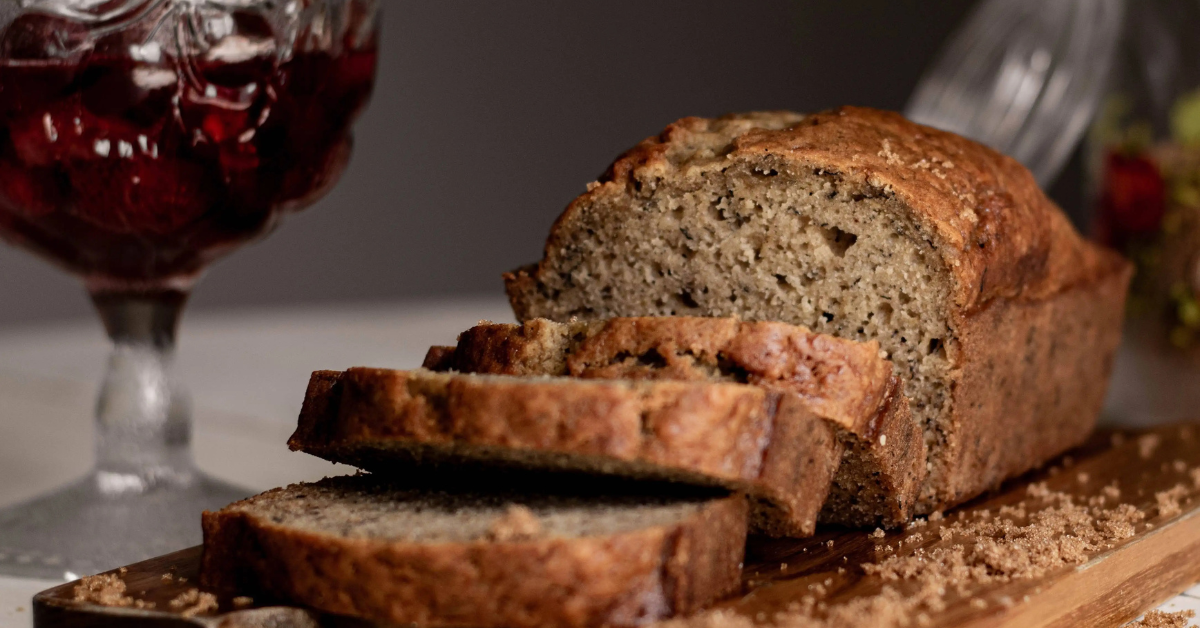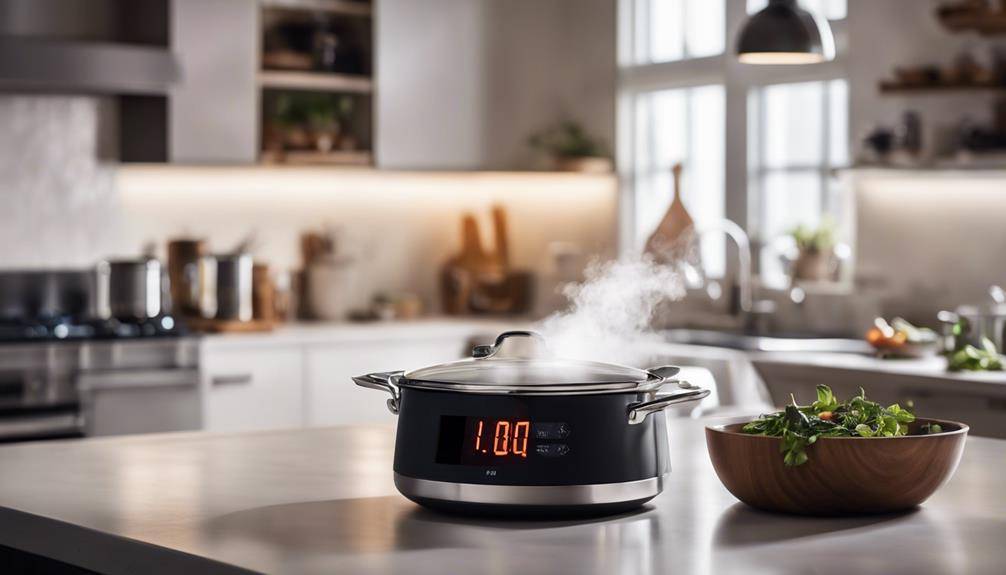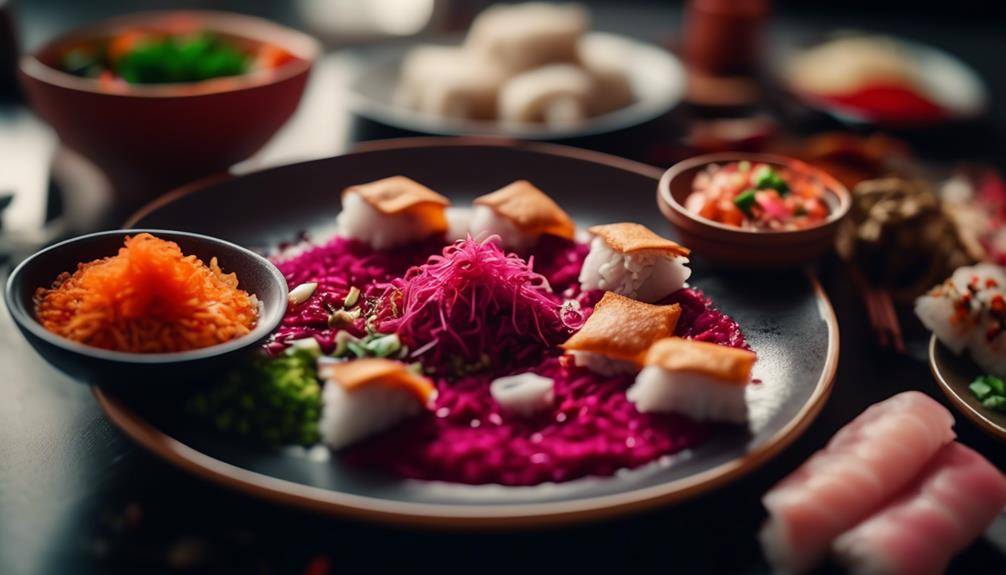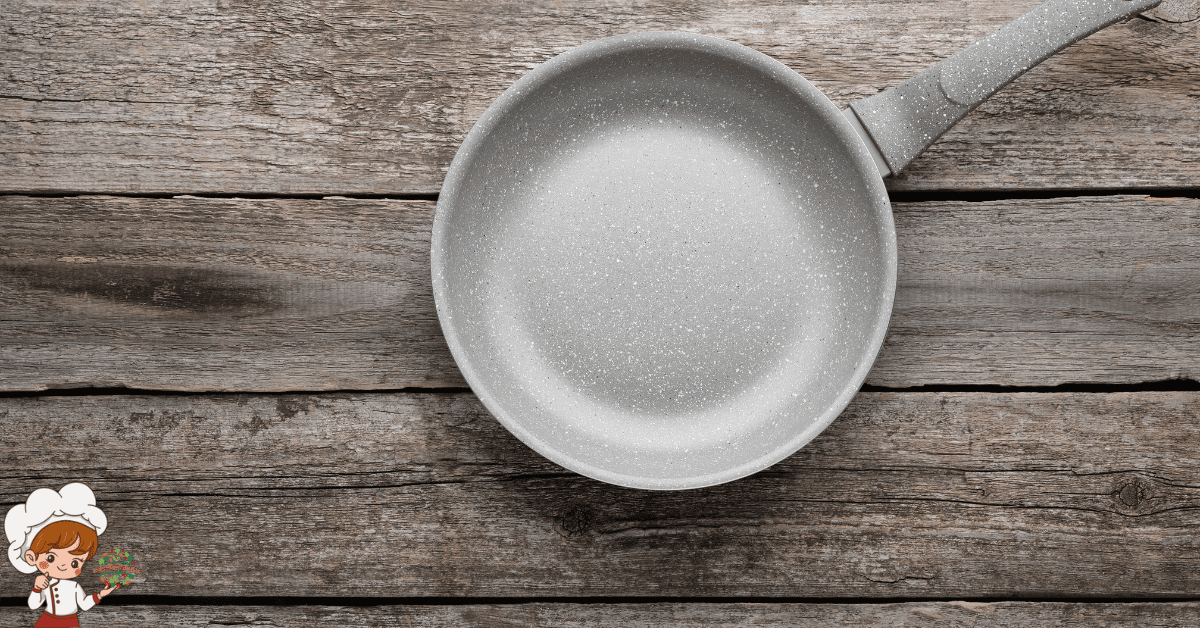The Amazing Sweet Story of Macaroons
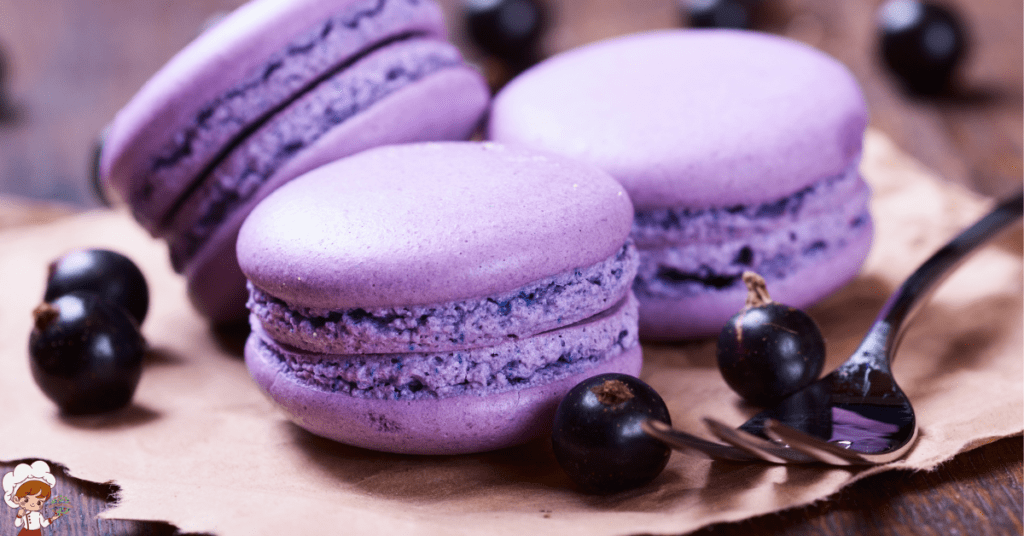
The Amazing Sweet Story of Macaroons: A Delicate Delight
The Amazing Sweet Story of Macaroons, those delicate, chewy, and sweet confections, have captured the hearts and palates of dessert lovers around the world for centuries. While today they are often associated with the elegant French macaron, the history of macaroons is rich, complex, and rooted in ancient traditions. From humble beginnings as a simple almond-based treat to becoming a symbol of luxury and refinement, the story of macaroons is a fascinating journey through time, culture, and culinary innovation.
Bake with Style—Click Here For Our Collection and Start Creating
The Origins: From Ancient Persia to Italian Monasteries
The origins of macaroons can be traced back to ancient Persia, where almonds were highly prized for their flavor and nutritional value. Almonds were used in various forms of sweets and desserts, and it is believed that the earliest form of macaroons was a simple mixture of ground almonds, sugar, and egg whites. This combination created a light, chewy confection that was enjoyed across the Persian Empire.
As trade routes expanded, so did the influence of Persian culinary traditions. Almonds and the concept of almond-based sweets spread across the Middle East and into Europe, particularly through Italy. By the 8th or 9th century, the Moors had introduced almonds to Sicily, and the seeds of what would become the modern macaroon were sown.
The name “macaroon” is derived from the Italian word “maccarone” or “maccherone,” which means “paste.” This refers to the almond paste that is the base of traditional macaroons. By the Middle Ages, macaroons were being made in Italian monasteries, where they became a staple treat among monks and nuns due to their simplicity and the fact that they could be made without flour or leavening agents, making them suitable for consumption during religious fasting periods.
The Evolution of Macaroons: From Italy to France
The macaroon’s journey from Italy to France is one of culinary migration and adaptation. In the 16th century, Italian-born Catherine de’ Medici, who married King Henry II of France, is often credited with bringing the recipe for macaroons to the French court. The Italian chefs who accompanied her to France introduced the delicate almond cookies to French bakers, where they quickly became popular.
The French embraced the macaroon, and over time, the recipe evolved to suit French tastes. The traditional Italian macaroon, which was a simple almond cookie, began to take on new forms. French bakers experimented with different flavors and ingredients, leading to the creation of various regional versions of the macaroon. These included the “macaron de Nancy,” the “macaron de Saint-Émilion,” and the “macaron de Montmorillon,” each with its own unique characteristics.
One of the most significant developments in the history of macaroons occurred in the 19th century when French bakers began to pair the cookies with a filling. This innovation transformed the macaroon from a simple almond cookie into the delicate, sandwiched confection known today as the macaron. The filling, typically made from ganache, buttercream, or jam, added a new dimension of flavor and texture to the macaron, making it a luxurious and refined treat.
Bake with Style—Click Here For Our Collection and Start Creating
The Rise of the French Macaron: A Symbol of Elegance
The modern French macaron, characterized by its smooth, domed top, delicate shell, and flavorful filling, has become an icon of French patisserie. This version of the macaroon is often attributed to the Parisian bakery Ladurée, which popularized the macaron as we know it today.
Founded in 1862 by Louis-Ernest Ladurée, the Ladurée bakery initially gained fame for its bread and pastries. However, it was in the early 20th century that Ladurée made its mark on the world of macaroons. Pierre Desfontaines, a relative of Ladurée’s founder, is credited with creating the first double-decker macaron, which involved sandwiching two almond meringue cookies together with a flavored ganache or buttercream filling.
Ladurée’s macarons quickly became a symbol of Parisian elegance and luxury. The bakery’s pastel-colored confections, displayed in ornate boxes, became a must-have treat for anyone visiting Paris. The macarons were not only delicious but also visually stunning, making them the perfect gift or indulgence. Today, Ladurée is still considered one of the premier purveyors of macarons, and its influence can be seen in patisseries around the world.
The Global Spread of Macaroons: A Culinary Phenomenon
While the French macaron gained global recognition, the original macaroon also continued to thrive, particularly in places with strong Jewish and Italian communities. In Jewish cuisine, the coconut macaroon, a variation of the original almond version, became a popular treat during Passover. Because macaroons contain no flour or leavening agents, they are an ideal dessert for the holiday, which prohibits the consumption of leavened bread.
Coconut macaroons are made with shredded coconut, sweetened condensed milk, and egg whites, creating a dense, chewy cookie that is both sweet and satisfying. The coconut macaroon’s simplicity and rich flavor have made it a beloved treat, particularly in the United States, where it is often associated with Jewish holidays.
In Italy, the traditional almond macaroon, known as “amaretti,” has remained a staple of Italian baking. Amaretti cookies are typically flavored with almond extract or amaretto liqueur, giving them a distinctive almond flavor that is both sweet and slightly bitter. These cookies are often enjoyed with coffee or dessert wine and are a popular treat during the holidays.
As macarons and macaroons spread across the globe, they began to take on new forms and flavors, reflecting the diverse culinary traditions of different regions. In the United States, for example, macarons are now available in a wide variety of flavors, from traditional almond to more exotic options like matcha, lavender, and salted caramel. The American obsession with macarons has led to the opening of numerous specialty macaron shops, where these delicate treats are often sold at a premium.
Bake with Style—Click Here For Our Collection and Start Creating
The Macaroon vs. Macaron Debate: Clarifying the Confusion
One of the most common sources of confusion in the world of sweets is the distinction between “macaroons” and “macarons.” Despite their similar names, these two confections are quite different, both in terms of ingredients and preparation.
The macaroon (pronounced “mack-uh-roon”) is typically a chewy, dense cookie made from shredded coconut, sweetened condensed milk, and egg whites. This version of the macaroon is particularly popular in the United States and is often associated with Jewish cuisine. Macaroons are usually baked until golden brown on the outside, with a soft, chewy interior.
The macaron (pronounced “mah-kah-ron”) is a delicate French pastry made from almond flour, egg whites, and sugar. Macarons consist of two almond meringue cookies sandwiched together with a filling, such as ganache, buttercream, or jam. The cookies are characterized by their smooth, shiny shells, ruffled “feet,” and soft, chewy interior. Macarons come in a wide variety of colors and flavors, making them as visually appealing as they are delicious.
The confusion between the two is understandable, given the similar pronunciation and the fact that both confections have a common origin in the almond-based sweets of the Middle Ages. However, the two have diverged significantly over time, each becoming a beloved treat in its own right.
Macaroons and Macarons in Popular Culture
Both macaroons and macarons have become cultural icons in their own ways, appearing in films, television shows, and even fashion. The French macaron, in particular, has been embraced by popular culture as a symbol of sophistication and indulgence.
In the 2006 film “Marie Antoinette,” directed by Sofia Coppola, macarons from Ladurée are prominently featured, adding to the film’s opulent aesthetic. The pastel-colored confections became synonymous with the lavish lifestyle of the French aristocracy, further cementing their status as a luxury item.
Macarons have also made their mark in the fashion world. Designers have drawn inspiration from the confection’s delicate colors and elegant shapes, incorporating them into everything from clothing to accessories. Macarons have even been used as a motif in bridal showers, weddings, and other celebrations, where they are often displayed in towering macaron trees or as part of elaborate dessert tables.
Coconut macaroons, while less glamorous, have also found their place in popular culture, particularly in the context of Jewish holidays. They are often featured in Passover cookbooks and are a beloved treat during the holiday season.
The Future of Macaroons and Macarons: Innovation and Tradition
As we look to the future, it’s clear that both macaroons and macarons will continue to evolve, with chefs and bakers pushing the boundaries of flavor, presentation, and technique. In recent years, there has been a growing interest in creating macarons with unique flavor combinations, such as savory macarons made with ingredients like truffle, foie gras, and wasabi.
The trend towards artisanal, handmade foods has also led to a resurgence of interest in traditional macaroons, with bakers experimenting with different nuts, sweeteners, and flavorings to create new variations of the classic cookie. Some bakers are even revisiting the original almond macaroon, creating modern interpretations that honor the cookie’s rich history.
At the same time, there is a strong commitment to preserving the traditional methods of making both macaroons and macarons. Whether it’s a small bakery in Italy producing amaretti cookies using centuries-old recipes or a French patisserie creating delicate macarons by hand, the dedication to craftsmanship and quality remains at the heart of these beloved treats.
Bake with Style—Click Here For Our Collection and Start Creating

Easy Macarons Recipe
Ingredients
- Ingredients:
- For the Macaron Shells:
- 1 cup 100g almond flour (finely ground)
- 1 3/4 cups 200g powdered sugar
- 3 large egg whites at room temperature
- 1/4 cup 50g granulated sugar
- 1/4 teaspoon cream of tartar optional, helps stabilize the egg whites
- Gel food coloring optional, for color
- For the Filling:
- 1/2 cup unsalted butter softened
- 1 1/2 cups powdered sugar
- 2 tablespoons heavy cream
- 1 teaspoon vanilla extract or flavor of your choice
- Pinch of salt
Instructions
- Instructions:
- Prepare the Ingredients:
- Sift the almond flour and powdered sugar together into a large mixing bowl. This helps ensure a smooth, lump-free batter. Set aside.
- Whip the Egg Whites:
- In a clean, dry mixing bowl, add the room-temperature egg whites. Begin beating on medium speed until the egg whites are frothy.
- Add the cream of tartar, if using, and continue beating. Gradually add the granulated sugar, a little at a time, while increasing the speed to medium-high.
- Beat until stiff peaks form, and the egg whites are glossy. This means when you lift the beaters, the peaks should hold their shape and not droop.
- Add Food Coloring (Optional):
- If you want colorful macarons, add a few drops of gel food coloring to the whipped egg whites. Fold the color in gently until evenly distributed.
- Combine the Dry and Wet Ingredients:
- Gently fold the sifted almond flour and powdered sugar mixture into the whipped egg whites. Use a spatula and fold in a circular motion, being careful not to deflate the meringue.
- Continue folding until the batter flows like lava. You should be able to make a figure-eight with the batter as it drips from the spatula.
- Pipe the Macarons:
- Transfer the batter to a piping bag fitted with a round tip. Line two baking sheets with parchment paper or silicone baking mats.
- Pipe small, round circles of batter (about 1 to 1.5 inches in diameter) onto the prepared baking sheets, spacing them about an inch apart.
- Tap the baking sheets firmly on the counter a few times to release any air bubbles.
- Let the Macarons Rest:
- Allow the piped macarons to sit at room temperature for 30-60 minutes, or until they form a skin. The surface should be dry to the touch and not sticky.
- Bake the Macarons:
- Preheat your oven to 300°F (150°C).
- Bake the macarons, one tray at a time, for 15-18 minutes, rotating the tray halfway through. The macarons are done when they have risen and developed their characteristic “feet” (the ruffled edge at the bottom) and can be gently lifted off the baking mat without sticking.
- Allow the macarons to cool completely on the baking sheet before removing them.
- Prepare the Filling:
- In a mixing bowl, beat the softened butter until creamy and smooth.
- Gradually add the powdered sugar, one cup at a time, beating on low speed until combined.
- Add the heavy cream, vanilla extract, and a pinch of salt. Increase the speed to medium-high and beat until the frosting is light and fluffy.
- If desired, add food coloring or flavorings to the filling.
- Assemble the Macarons:
- Match up the macaron shells in pairs of similar size.
- Pipe a small dollop of filling onto the flat side of one shell and gently sandwich it with the other half.
- Press lightly to spread the filling evenly to the edges.
- Age the Macarons (Optional):
- For the best flavor and texture, place the filled macarons in an airtight container and refrigerate them for 24 hours. This aging process allows the flavors to meld and the shells to soften slightly.
- Before serving, bring the macarons to room temperature.
A Sweet Legacy
The story of macaroons and macarons is one of tradition, innovation, and cultural exchange. From their humble beginnings in ancient Persia to their status as icons of luxury and refinement, these confections have traveled the world, adapting to the tastes and preferences of different cultures while retaining their essential qualities.
Whether you prefer the chewy, coconut-laden macaroon or the delicate, almond-based macaron, there’s no denying the appeal of these sweet treats. As they continue to evolve and inspire, macaroons and macarons remain a testament to the enduring power of simple ingredients, skilled craftsmanship, and the universal love of sweets.



